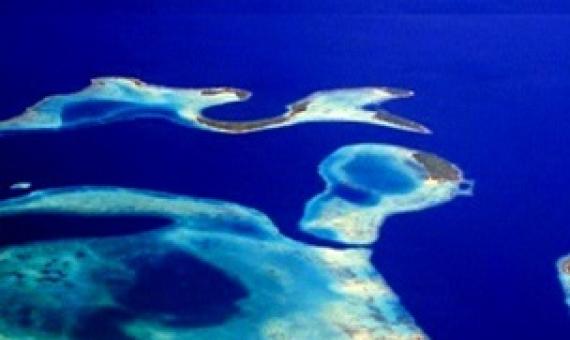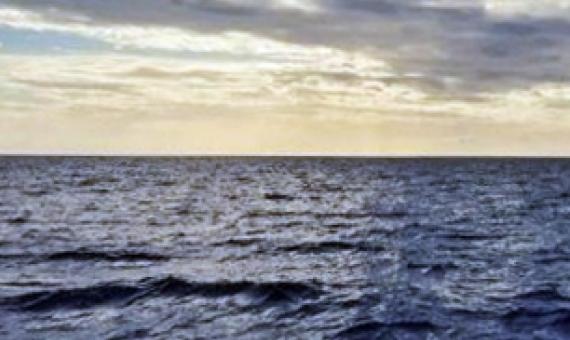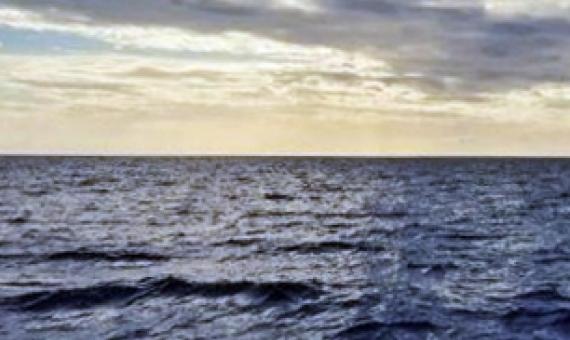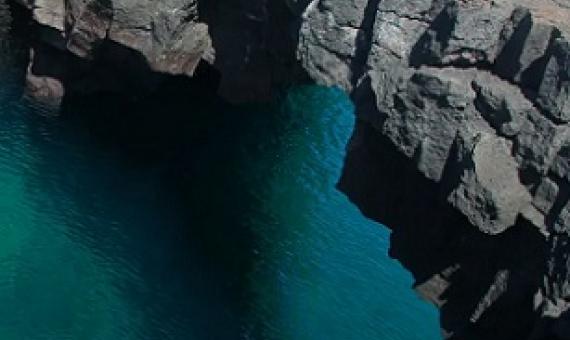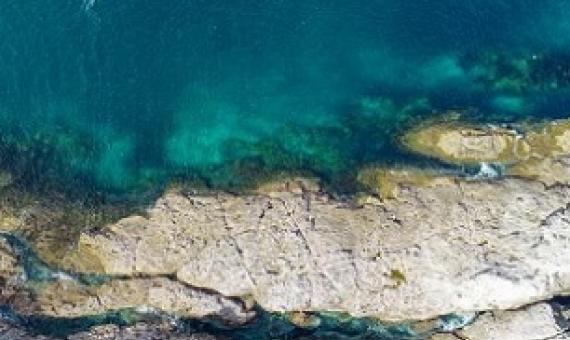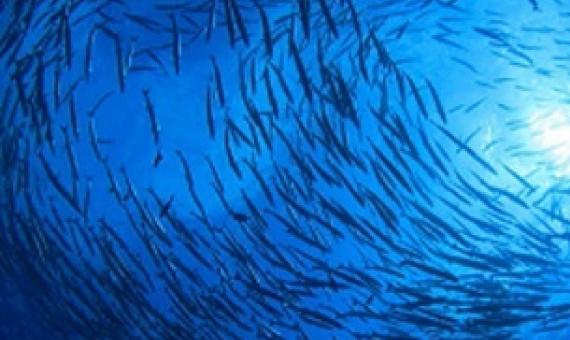At COP28, Pacific Islands State Leaders launched a bold new Unlocking Blue Pacific Prosperity initiative to safeguard and revitalize the Blue Pacific Continent.
Understanding the Human-Mangrove Relationship for Resilience in Samoa - Findings from the Moata'a Household survey
This report outlines key human-mangrove relationships in Moata'a, an urban village settlement in Apia, Samoa with the aim to provide an understanding of the relationship between the Moata'a community and their mangrove environment that will inform future development, conservation and climate adaptation activities in the area. Call Number: [EL]Physical Description: 76 p.
How do we go from protecting eight percent of marine areas to 30 percent in less than 10 years?
Role of Insurance in Protecting Marine Coastal Ecosystems in Asia and the Pacific
Marine coastal ecosystems (MCEs) provide a myriad of services on which governments, businesses, and society depend. MCEs include coral reefs, mangroves, seagrass, oyster beds and reefs, salt marshes, and sandy beaches and dunes. As of 2020, it was estimated that more than half of the world’s total gross domestic product (GDP)—around $44 trillion—depends on nature and its services (WEF 2020). The ocean economy contributes an estimated 3%–5% of global GDP (Spalding, Brumbaugh, and Landis; Millennium Ecosystem Assessment Program 2005; Ferrario et al.
A series of regional conventions and policies are playing an essential role in monitoring climate change and preparing for extreme weather events, preventing oil spills, reducing plastic and other waste, saving coral reefs, and providing overall ocean protection and restoration of marine ecosyste
From “climate adaptation” to “blue carbon,” environmental buzzwords are everywhere these days...In this installment, we explore "seascapes,” an approach to ocean conservation, which helps countries balance protection and production for the marine ecosystems they depend on...It’s a way of thinking
The dire state of the marine environment off Coromandel Peninsula will be the focus of a hui in Whitianga this afternoon. Conservationists, iwi leaders and fishers are meeting to discuss issues such as fishing, pollution and climate change, which are putting heavy pressure on marine ecosystems o
Global Fishing Watch has launched an innovative technology portal to help strengthen management of marine protected areas (MPAs) and other effective area-based conservation measures (OECMs).
From reef to retail
Millions of visitors to public aquariums and thousands of snorkelers and divers across the globe are amazed by the diversity of life on coral reefs. Looking to replicate
this marine wonderland, an increasing number of them have
created a "living aquarium" at home, unaware of the impact this
is having on species and the lives of people in far-flung regions.
Available online
Call Number: [EL]
Physical Description: 1 Page
The ecosystems of small islands in the Southwest Pacific (the sixth expedition of the SS "Callisto") / J.C. Pernetta and H.I. Manner (eds.)
The main objective of the expedition was to compare as large a series of islands of different climatic conditions, ages and geological origins as possible. This necessitated short visits to each selected island. The structure and components of the ecosystem under study were the focus of attention, while their functioning was considered to be of secondary importance.
3 copies
Call Number: ECO [EL],PC 577.52 ECO
Physical Description: x, 220 p. : ill. ; 30 cm
